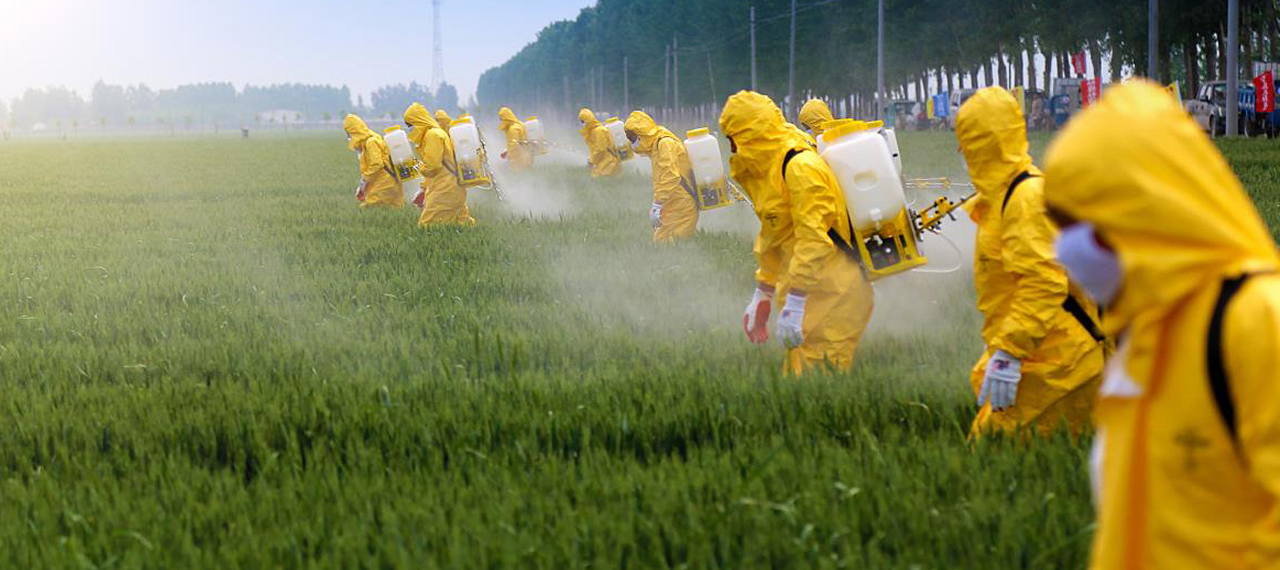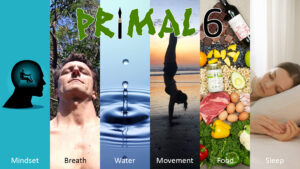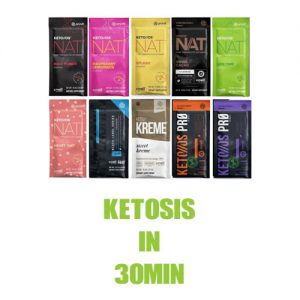In the debate on organic food, many people consider price and nutritional benefits. If you have decided that organic food is too expensive, consider how much you are willing to spend on a glass of wine, a trip to the cinema, a pair of jeans, a nice car…yet the very thing that gives you life – your food – has to be cheap or on special for you to buy it. Additionally, if you have decided that, based on a feature in a morning talk show or magazine article, organic food does not carry higher nutritional values than conventionally farmed food, you will definitely want to look at the two huge independent studies and multitude of smaller studies providing evidence of the much higher vitamin, mineral and enzyme content of organic food. However, today I would like you to consider a third factor in your decision to buy and eat organic foods. A factor that should be the most discussed in this debate, as we all want to live healthy lives free from cancers, syndromes, illnesses and infertility. I want you to consider and ask: What’s On My Food?
We’ve all heard about pesticides, but how much do we actually know about them?
How much of them are used on our crops?
How much is a safe amount?
Can we actually wash or peel them off our food?
How do they affect our health?
To start finding these answers, take a visit to www.whatsonmyfood.org, a U.S. based website where you can search the foods you commonly eat to see how many pesticide residues the U.S. Department of Agriculture (USDA) found on each food. Keep in mind, before testing the foods for pesticide residue, the USDA tries to prepare the food the same way you would, so most all the foods are washed and/or peeled!
Pesticide residue totals from some common foods:
Apples – 42
Broccoli – 33
Carrots – 26
Milk – 12
Strawberries – 54
Chicken Breast – 7
Potatoes – 37
Rice – 13
Spinach- 48
Almonds – 9
Blueberries – 52
Tomatoes – 35
Wheat Flour – 16
Though the whatsonmyfood.org website stats are from America, the laws concerning pesticides are not much stricter in Australia. While the European Union prioritizes protecting human health when there is significant doubt about the safety of a product, in America and Australia huge corporations fight hard for their chemical pesticides to be used in agriculture and it often takes decades to prove a chemical is too harmful for human consumption. By then, billions more people have suffered from the effects.
So just how dangerous are pesticides?
To give an idea, whatsonmyfood.org puts the pesticides into four categories of toxicity:
1/ Carcinogens: Cancer-causing substances
2/ Neurotoxins: A toxin that acts specifically on nerve cells
3/ Developmental or Reproductive Toxicants: Toxins affecting ability to reproduce; Toxins affecting fetal, infant and child development.
4/ Hormone Disruptors: Toxins which interfere with natural hormones in the body (which are responsible for the maintenance of normal cell metabolism, reproduction, development, and/or behavior)
Do you want your children accumulating these substances in their developing bodies from eating the very fruits and vegetables you give them for good health? Do you want to be another cancer or infertility statistic and feel like you have no control over what happens to your health? Choosing organically grown, spray-free food is surely no guarantee of lifelong immunity from illness and disease. However, it IS a guarantee that your food will be grown the way nature intended – without chemical pesticide sprays that we know to be cancerous, neurotoxic and disruptive to human cells, reproduction and development. Make the important step in taking control of your health by finding out what’s on your food.
References:
Whatsonmyfood.org
Pesticide Action Network
Organic Federation of Australia
What is stopping you from buying spray-free produce?
What’s the Big Deal with Pesticides? – February 2013








